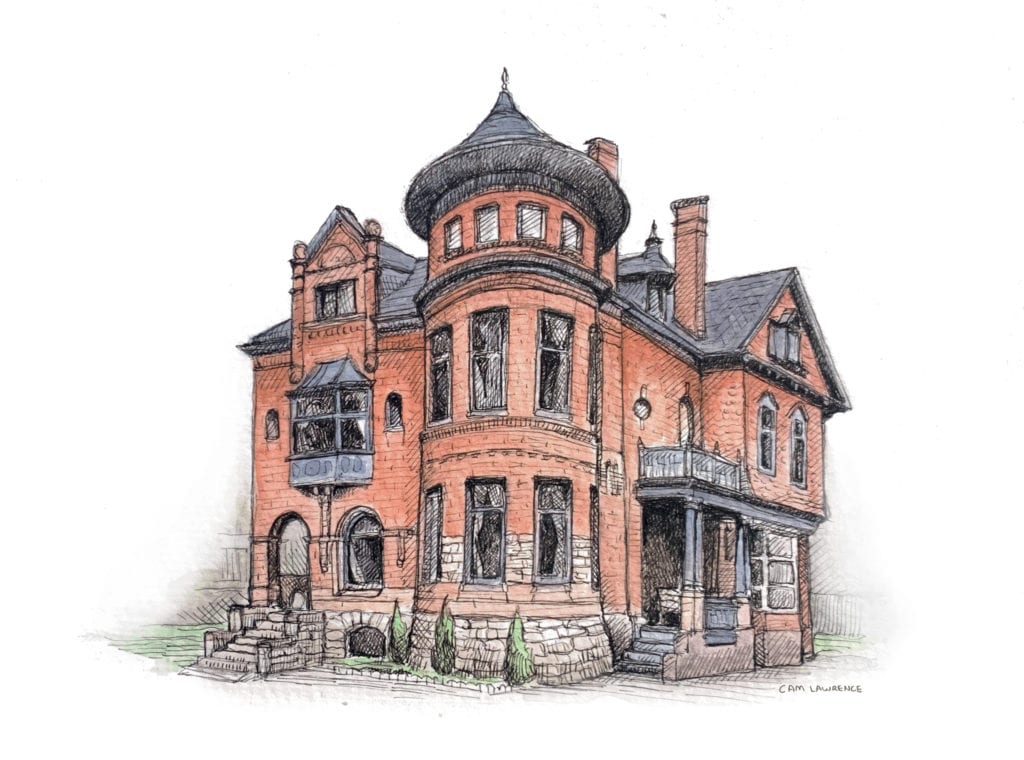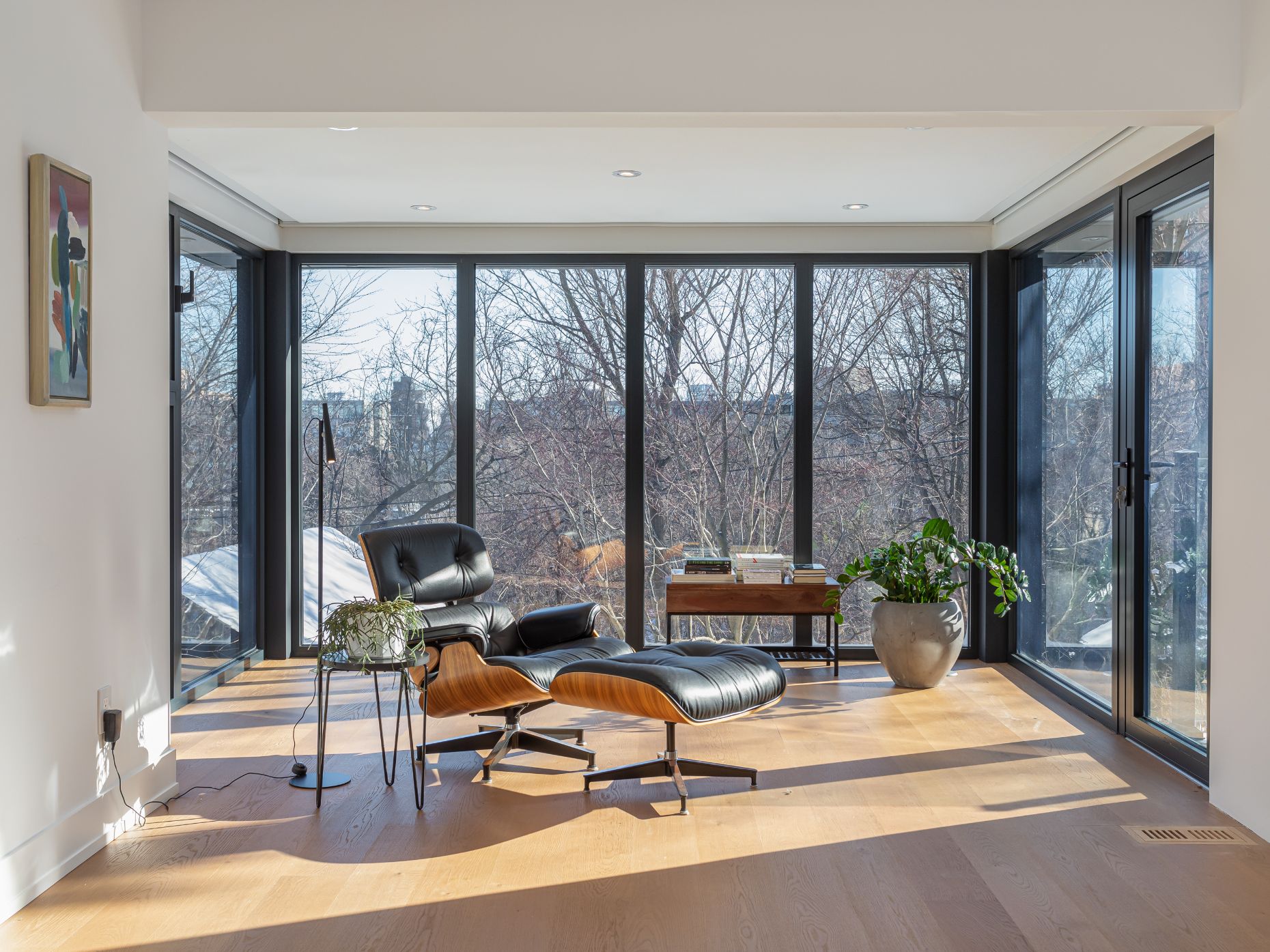
As a follow up to my Toronto Then and Now series, welcome to a new series of bi-monthly blog posts focusing on many different architectural styles that can be found around the city of Toronto. This is the first of approximately a dozen styles that are prevalent in the city, Romanesque architecture. This style was introduced shortly after York was incorporated as the city of Toronto in 1834, and while the style is mostly found in older commercial buildings or churches, some residential areas in Toronto are heavily influenced by this style.
Time Period
Originally: 900–1200 (perhaps earlier) / Revival – 1840 – 1900
History
Romanesque architecture was the first widespread style in Europe. Although the Roman empire’s power declined, building methods (materials, brick-laying techniques and patterns) survived most notably in Western Europe, where large churches and grand palaces were built. Looking at structures like Roman aqueducts, and the Roman Colosseum, you can see the influence that style had on Romanesque architecture. Interestingly the round arch characteristic has always and is still very notable, but for the first part of the Romanesque period, the engineering skills used in Roman (pre-Romanesque) architecture to create large vaulted ceilings and domes were lost.
Romanesque can be divided into two periods distinguished by the amount of style and expertise that went into construction – the “First Romanesque” style (rubble walls, smaller windows, lack of vaulted ceilings), and the “Romanesque” style (increased use of vaulted ceilings and dressed stone).
A specific revival style called Richardsonian Romanesque is a style of Romanesque named after American architect Henry Hobson Richardson. It was very popular in the 1800s, especially in America.
Notable Features
Different coloured/textured bricks around windows, round arches, round windows, semi-circle arches (most distinct feature), quoins (different coloured/textured bricks at the corner of a wall), belt courses (bricks set in a horizontal line), thick walls.
Similar to
Quite a unique style, but has influenced many other styles including the Annex style of homes (see below).
Where to find
Churches, mostly because a lot of churches were being built during this time period. You can see the style in older buildings, for example both Victoria College and University College at U of T, Old City Hall, Queen’s Park, Gladstone Hotel, or the Gooderham building.
Neighbourhoods
Downtown (Old Toronto), the Annex.
The Annex was named because Toronto quite literally annexed this subdivision in 1887. It is a great neighbourhood to find examples of Romanesque architecture. A lot of homes built in the late 1800s are built in the “Annex style”, which is a combination of Richardson Romanesque and Queen Anne Revival, a style of architecture popular in the Victorian era.
Streets
There aren’t a lot of homes that are a perfect example of Romanesque, but a lot of homes have design aspects, for example decorative brick arches around arched or round windows is easy to find. Park Road in Rosedale or Lowther Avenue in the Annex have some good examples.
Drawing by Cameron Lawrence @cam.lawrence_art, property on Lowther Avenue designed by Toronto architect Frederick Henry Herbert.



Very interesting post. It’s a style that I’m particularly fond of.
Thanks Dominic! It’s a shame it’s not more commonly found in Toronto.